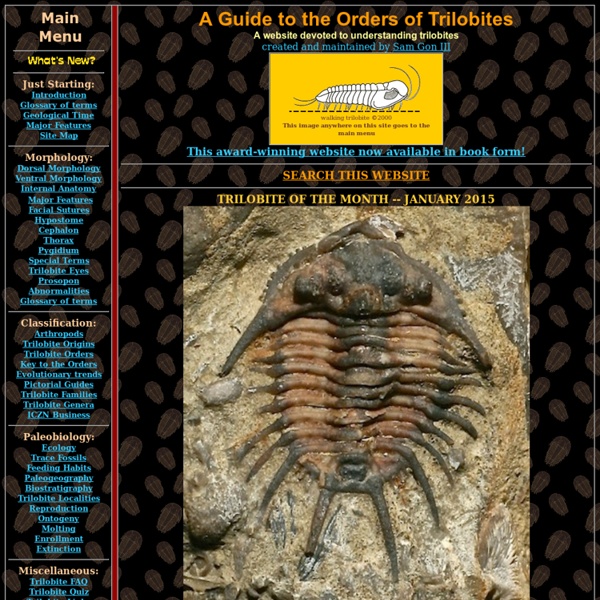



japanese garden in portland photo Random photo Submit your photo Stumble Thru nature photography Tags: park tree Download japanese garden in portland by unknown 125 451 views Rating: +17 Most Beautiful Forests in The World thick grove of poplar trees, oregon the great mell fell of northern england amazing nakameguro canal, japan Place your ad here Loading... About OneBigPhoto is your daily dose of high quality photos. 2732 photos uploaded Important stuff Top rated Top galleries Submit photo Privacy policy Wallpaper Contact us Connect with us Search Some rights reserved. ©2013 OneBigPhoto.com
The Top 50 'Pictures of the Day' for 2011 Every day at 5pm the Sifter posts the Picture of the Day. Below you will find a collection of the Sifter’s Top 50 from 2011. It’s hard to imagine the year is almost over, time seems to fly faster each successive year so it’s fun to take a moment and look back at the year that was. Dream Worlds Revealed On Canvas Along with some magnificent dreams, Jacek Yerka finds inspiration for his masterful paintings from his childhood memories: the places, remembered feelings and smells of 1950′s Poland. He studied fine art and graphic design before becoming a full time artist in 1980… and we’re glad he did. His paintings will take you through incredible worlds of imagination, bending reality in captivating and clever ways fit to inspire a novel or film. See Also ENDEARING MONSTER DRAWINGS POP FROM THE SCREEN Via: hypeness.com.br
Photos of Sakurajima volcano 25 Feb 2010 On a recent visit to Japan, alien landscape photographer Martin Rietze captured some spectacular images of Sakurajima volcano in Kagoshima prefecture. Multiple lightning flashes caused by fast moving fine ash Lava bombs hitting the flank Strombolian eruption with lightning Detail with multiple lightning flashes Lava brightens the ash cloud Ash eruption causing lightning Violent eruption Scientists Discover The Oldest, Largest Body Of Water In Existence--In Space Scientists have found the biggest and oldest reservoir of water ever--so large and so old, it’s almost impossible to describe. The water is out in space, a place we used to think of as desolate and desert dry, but it's turning out to be pretty lush. Researchers found a lake of water so large that it could provide each person on Earth an entire planet’s worth of water--20,000 times over. Yes, so much water out there in space that it could supply each one of us all the water on Earth--Niagara Falls, the Pacific Ocean, the polar ice caps, the puddle in the bottom of the canoe you forgot to flip over--20,000 times over. The water is in a cloud around a huge black hole that is in the process of sucking in matter and spraying out energy (such an active black hole is called a quasar), and the waves of energy the black hole releases make water by literally knocking hydrogen and oxygen atoms together. The new cloud of water is enough to supply 28 galaxies with water.
Landscape Photography That Will Blow Your Mind [pics] Featured Posts BoredFactory Most Stunning Animal Photography You'll ever see. Amazing Skies [pics] Landscape Photography That Will Blow Your Mind [pics] Click Here to see more MIND BLOWING pictures! Wow. Published on October 03, 2011 Posted by: Anna Grace Comments (25) Newest First Subscribe via e-mail Preview Post Comment… Photography Pending Awaiting Moderation wow, those images are quite stunning. Preview Post Reply Choux Pending Awaiting Moderation I recognized some shots from Marc Adamus he is awesome. Photos on Canvas Pending Awaiting Moderation Fantastic pictures! A Jewish Guy Pending Awaiting Moderation in one of the pictures, in the top left corner, there is a computer mouse pointer. kind of ruins the picture completely. it's the the one about halfway through with all the trees and fog and scattered houses. otherwise, these are great. Asian girls Pending Awaiting Moderation Wow! Bakeca Incontri Frosinone Pending Awaiting Moderation Those pictures are amazing! Amy Lane Pending Awaiting Moderation
n22_ragnarsson.jpg (JPEG Image, 990 × 639 pixels) Homeland Security says Anonymous can cause DDoS attacks, but says chance of attack on scale of Stuxnet is slim. 10 Companies Driving Mobile Security (click image for larger view and for slideshow) Does the hacktivist collective known as Anonymous pose a threat to the nation's critical infrastructure security? According to a recent government report, the group may well be able to launch a distributed denial of service attack against critical infrastructure. But the likelihood of Anonymous developing bespoke critical infrastructure attacks--on par with Stuxnet--is slim. The Department of Homeland Security (DHS) study, "Assessment of Anonymous Threat to Control Systems," evaluated the group's potential to disrupt the critical infrastructure. [ The Feds are moving aggressively to bust hackers. The report's creation was spurred in part by a July 19 post on Twitter by a known Anonymous member, which listed a directory tree for Siemens SIMATIC control system software. More Insights
sidewalk chalk guy sidewalk chalk guy «« back to gprime.net all material copyrighted by its original creator | Xoïl Tattoos Xoïl is a tattooer at Needles Side Tattoo in Thonon-les-Bains, France. > facebook